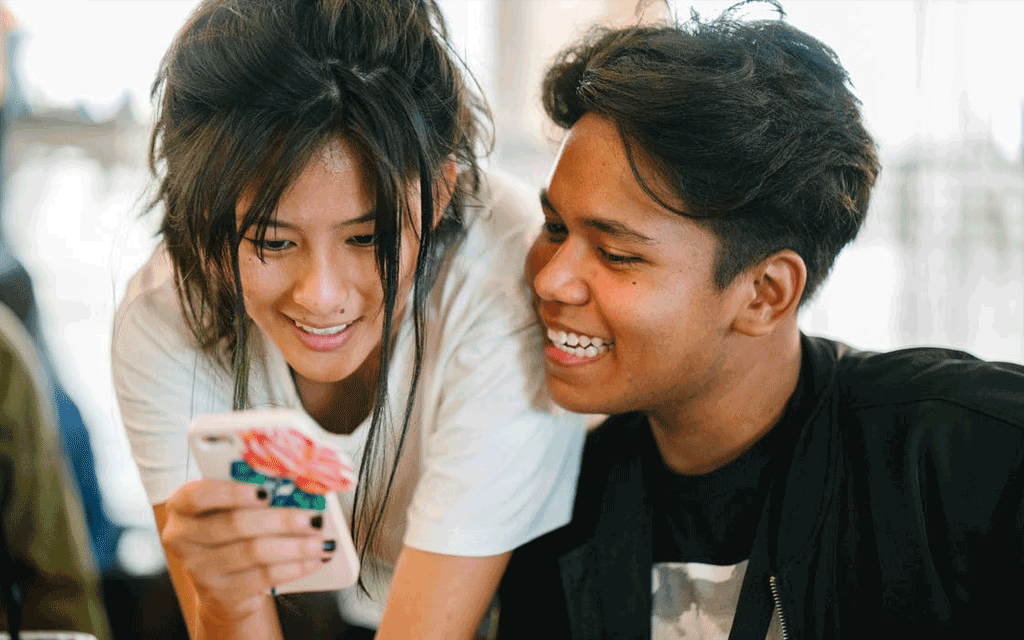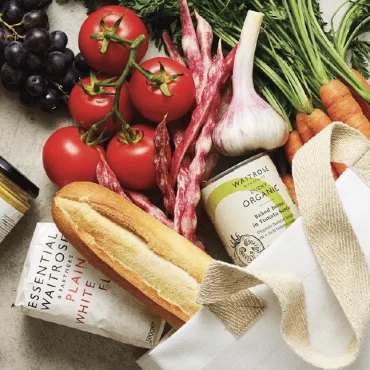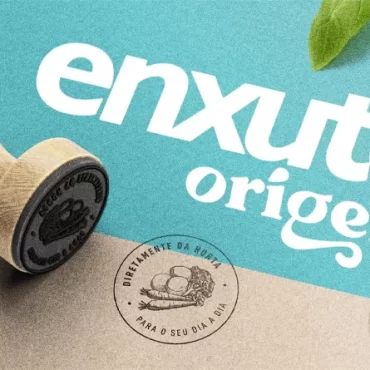Do you know what the future of the brand experience is?

Get inspired
Before the term brand experience illuminated the face of advertisers and strategists around the world, authors B. Joseph Pine II and James H. Gilmore published an article in Harvard Business Review that described the emergence of an economy in which the sale of services, little by little, it would give place to the commercialization of experiences.
Believe it or not but the year was 1998. Since then, the “prophecy” of Pine II and Gilmore has come true: thanks to events, presence on social networks and attractions at points of contact, the public has developed a new relationship with the brands.
But in 2020, the pandemic reconfigured priorities and business, suspended or canceled events and transformed expectations around companies. So what will be the future of brand experiences? See the insights gathered by our team!
How has the pandemic affected brand experiences?
According to the report “The present and the future of experience”, published this year by Hood a brand community agency:
“We are experiencing the impossibility of physical encounters and displacements. And with that, we are experiencing a fundamental break in one of our main territories of connection and production of culture.”
And if experiences play a role in building identities, oxygenating cultures, connecting communities and creating a sense of belonging, the pandemic has affected all of these aspects. Look that:
- Identity: by their own choice or by the circumstances brought about by the pandemic, people have been slowing down, seeking experiences to orient themselves and find greater meaning in their daily lives.
- Culture: for some years now, people have been using technology to connect with specific interest groups, but this behavior has intensified in social distance, since the small screen is the only alternative.
- Influence: According to Hood, people have been more aware of what brands and influencers do for a better world. To create influence in this new scenario, it is necessary to go beyond discourse.
- Sensation: exhausted from interactions based solely on screens, people have sought sensory stimuli that bring comfort and humanize their routines.
As you can see, there have been significant behavioral changes, but people’s willingness to connect with each other remains. And it is with this mindset that some companies have shown what the future of brand experiences is. Read on to find out more!
How will be brand experiences for now on?
The new expectations around companies, as well as the possibilities of the digital universe, help us to understand what may come in the future of brand experiences.
1. Virtual events
Digital brand experiences have strengthened in recent months, driving strategies such as influence marketing and live marketing. But the novelty started in the games world.
According to the research firm NPD Group, in the United States alone, in the first quarter of 2020, the purchase of video games grew 9% over the previous year. Thus, with more fans of virtual games, brands have seen on these platforms a new possibility to connect with their audiences.
The Developer company Epic has been proposing immersive virtual experiences since the launch of the Fortnite game in 2017. But, in April of this year, it did a “K.O” by inviting American rapper Travis Scott to a live concert that brought together 12.3 million people across the world. At the event, players could choose a place to watch the performance, react to the hits and buy virtual accessories for their characters.
2. Humanization of brands
It seems paradoxical, but the digitization of processes has intensified the importance of humanizing brands. After all, as stated in the study “2021 Global Marketing Trends: Find your focus” by Deloitte consultancy, technology still cannot completely compensate for interpersonal interactions.
Who knows this well is Netflix Brasil. If you already follow the streaming service on social networks, you may have noticed that it invests in a very close and fun communication. In recent months, the company has had to adapt the Tudum Festival – which brings together series stars in conversations about entertainment – for the virtual universe.
The fans, however, won a surprise: the free distribution of the Almanac Tudum, which dialogues with the aesthetics of the almanacs that we filled out in childhood. It only took one registration to receive the gift at home. This causes an effective nostalgic feeling, right?
3. Purpose at the center of everything
For the Accenture consultancy, since the beginning of the pandemic, more people have been monitoring the extent to which companies use their resources to go beyond selling and solving the problems they are committed to. Therefore, it is important that the purpose is incorporated into the brand experience actions from now on.
Following this thinking, in recent months, Amaro not only opened its platform to host independent brands, but also launched some awareness campaigns on topics that are important to its audience, such as female leadership and diversity.
One of them was the launch of the “Não É Normal” (“It is not normal” in english) collection, in partnership with the Plano de Menina platform and the Crônicos do Dia a Dia association. The objective is to inform about the risks and the importance of treating abnormal uterine bleeding. The proceeds from the sale of the products will go to support actions for women who suffer from this condition.

The pandemic has accelerated a number of processes and transformed behavioral trends. Therefore, expectations about brands are different now, making brand experience actions not only involve the sale of products and services, but also the strengthening of purposes and the sense of community to generate value.
Did you like our insights? Then follow us onInstagram, Facebook and Linkedin to stir up your ideas even more!




